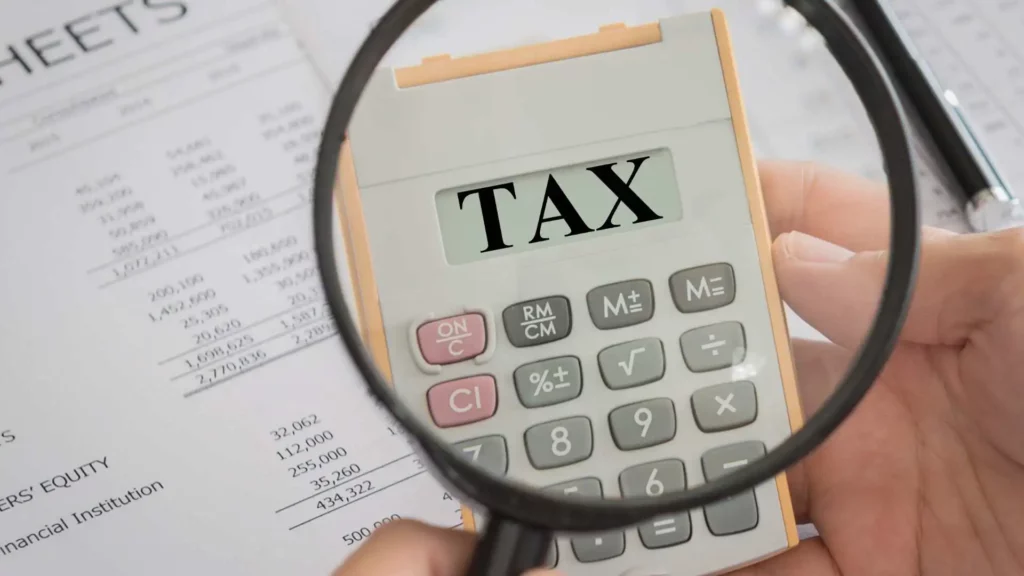Are you a massage therapist earning a stable income by spreading wellness? If yes, then congratulations on your great business, but don’t forget to file your taxes! This blog will guide you through the basics of how to file taxes as a self-employed massage therapist so that you can live stress-free too, just like your customers!
Massage therapists provide a valuable service by helping customers feel relaxed and stress-free. But they can get into trouble if they do not abide by the tax rules concerning their business.
To continue operating their business legally and successfully, they need to understand their tax liabilities. For this, you must know how to calculate the taxes you owe to the state, what expenses are permissible as deductions and when the taxes are due. Beem, America’s first Al-powered Smart Wallet App, is one platform that can help you file your taxes this season and get the maximum refunds. You can also try Beem’s free Tax Calculator for a 100% accurate federal and state tax estimate.
If all this still appears confusing, here’s a detailed guide to the tax code for a massage therapist. Explore the world of taxes for massage therapists, both independent or associated with a company.
Taxes Rules For Employed Massage Therapist
As a massage therapist, if you work for a particular company, your employer may withhold taxes for you so you don’t have to file an estimated quarterly tax. At the beginning of the tax season, you will get a W-2 form from your employer. It will inform you how much income you have been paid for the year and how much money was withheld for state, federal, Medicare and FICA taxes.
If you incurred any business expenses that your employer didn’t reimburse you for, you may account for the same at the time of your tax filing. These business-related expenses could be professional association dues, massage lotions and accessories, massage-related magazine subscriptions and continuing education, among others. By accounting for these expenses, you become eligible for itemized deductions that could reduce your tax liabilities.
Also know about: free tax filing for low-income
Know Taxes Rules If You Are Self-Employed
If you are operating an independent business as a massage therapist and earn more than $400 a year, you are required to pay federal, state, Medicare and self-employment tax. You must file and pay quarterly taxes on your projected income in the April, June, September and January months of the financial year. To report your income accurately, keep track of all income, including tips.
As per the IRS rules, you are required to pay at least 90 percent of the amount due for that quarter or 100 percent of the amount you paid for that quarter in the previous year. If you don’t pay your quarterly taxes on estimated income on time and in the amount required, you will owe a penalty at the time of filing your annual return.
Usually, if you are employed in an organization, the employer takes out half of what you owe for Social Security from your paycheck, and your employer pays the other half. If you are self-employed, you pay the entire amount. This is your self-employment tax. Besides the federal self-employment tax, some states also impose a surcharge on self-employed people.
Taxes For Independent Massage Therapist
Remember, as an independent contractor, you get the full income. No taxes are deducted to withhold your income. That is why paying the taxes is your sole and complete responsibility. Considering that, the taxes for massage therapists to pay (if they are working independently) include estimated quarterly income, an annual self-employment tax and any other state-level tax or surcharge, if applicable.
Common Deductions For Massage Practice
Any expense becomes tax deductible after meeting three conditions set by the IRS:
- The expense incurred was in connection with your practice.
- The expense is common or accepted as a necessary expense for running and developing your massage therapy practice.
- The deduction should be accurate.
Common deductions permissible for massage therapists include the following:
- Office Supplies
- Massage supplies
- Cost of acquiring merchandise
- Magazine subscriptions
- Credit card fees
- Bank account fees
- Wages or fees paid
- Telephone charges
- Property tax
- Sales tax
- Business tax
- License fees
- Depreciation on fixed assets
- Rent/mortgage payments
- Utilities for office space
- Insurance
It is better to check the official list to keep yourself updated about all exclusions and inclusions in applicable deductions. The items on the list keep changing with time.
Keep Your Receipts Safe
If you are claiming a business expense or any other item as a tax deduction, you must keep receipts as a written official record of the expenses incurred. You might end up spending a considerable amount of time collecting information for filing, so it is better to start by keeping all your records in order and in a safe place. Ensure that you have accurate and complete information such as all receipts for cash payments and other charges.
In addition, you also need to keep and organize all expenses for business deductions. It is vital to track your expenses correctly for deductions at the time of tax preparation. Regularly maintain an inventory of all the products and accessories. Ensure to keep everything documented and use written evidence to protect your interest.
It is advised to keep your personal and business expense accounts separate for better convenience. Use a different credit card for your business and personal checking accounts. Records the dates of all transactions.
In this regard, using a filing system and spreadsheet to keep your expenses and receipts organized can make the job of compiling your tax information at the end of the year much easier.
Moreover, your state tax department and Internal Revenue Service (IRS) will expect you to keep all the financial records and inspect those records if required, in an audit.
Conclusion
Tax rules change almost every year. There are some deductions you could be eligible for and should take advantage of to reduce your tax liabilities. On the other hand, there are penalties and interest for paying the wrong amount of taxes, which can cost much more. This article intends to give the best guidance on assessing your tax situation and filing taxes accurately, as per your profession as a massage therapist. Contact a professional tax advisor if you are still confused.






























